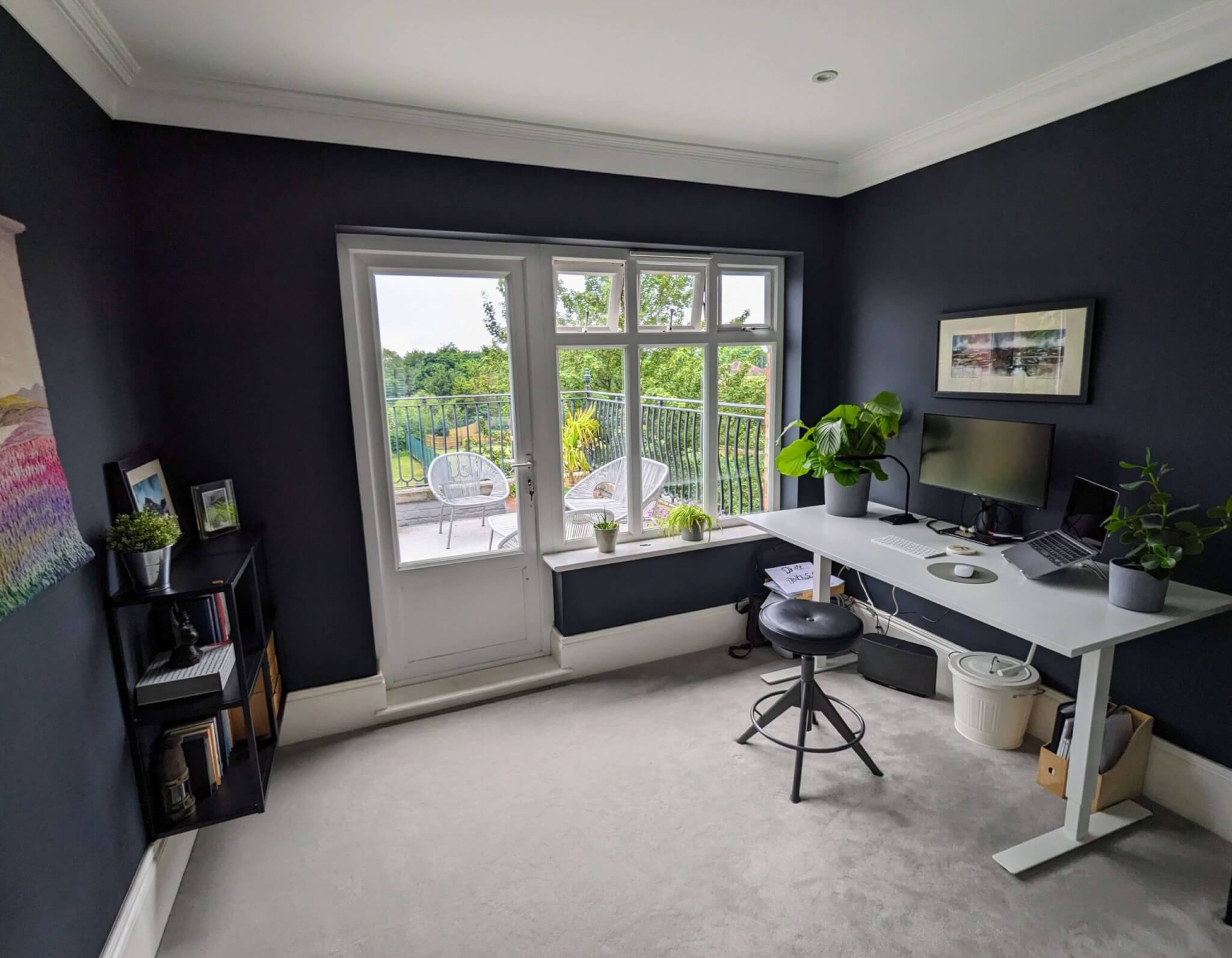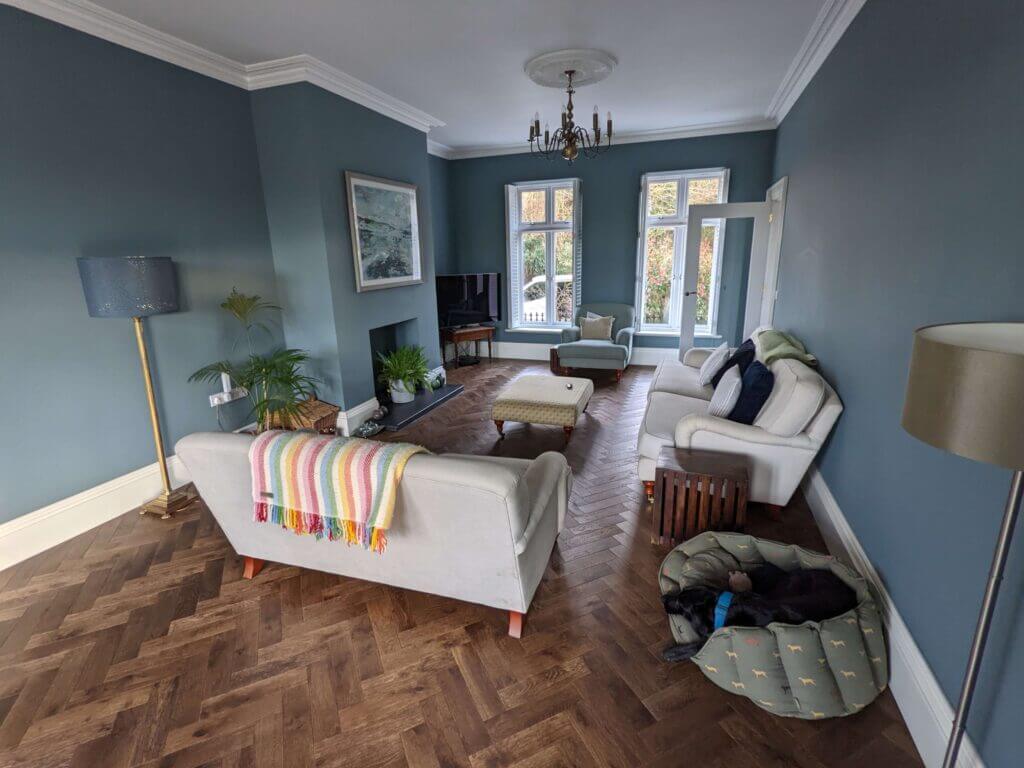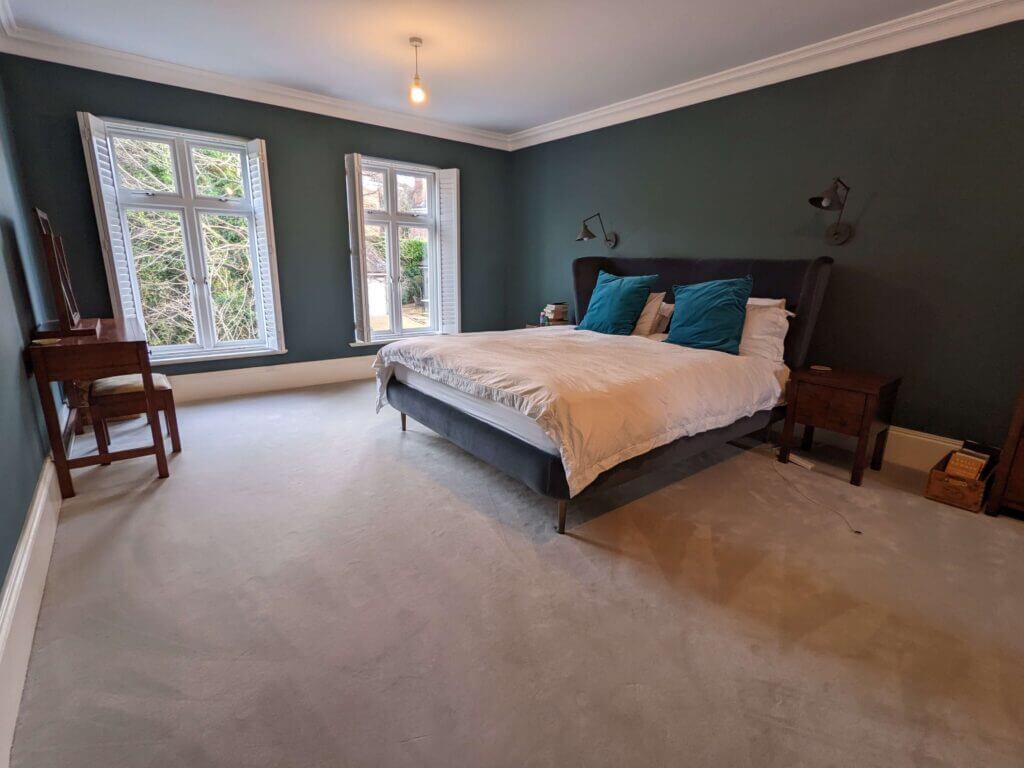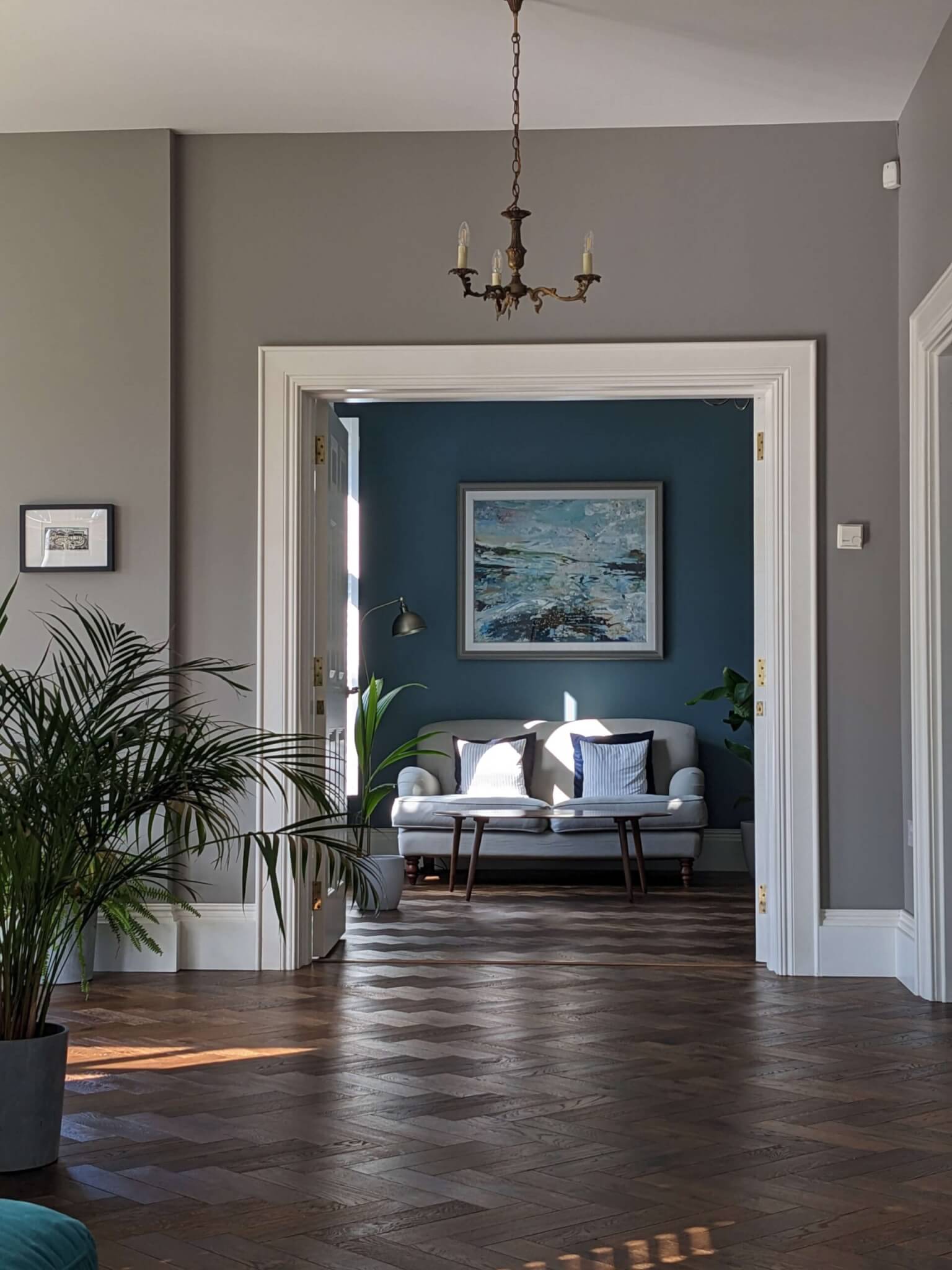Colour is an essential element of home décor. The colours you choose can set the mood and tone of a room, evoke emotions, and make a space feel cohesive and welcoming. However, choosing the right colours for your home can be overwhelming. With so many colours, shades, and combinations to choose from, where do you start? In this blog post, we’ll share some tips and ideas for choosing breathtaking colours for your home.

Consider the room’s purpose
Before you start picking out colours, consider the room’s purpose. Is it a living room where you’ll spend time relaxing with family and friends, or a home office where you need to stay focused and productive? Different rooms call for different colours. For example, soft blues and greens can create a calming and soothing atmosphere in a bedroom, while vibrant yellows and oranges can energize and inspire in a home office. On the other hand, going for very very dark colours in a home office reduces glare on your screen and makes it a really calm cosy place to be able to focus in.
Find inspiration
When it comes to choosing colours for your home, inspiration is everywhere. Look to nature, art, fashion, and even your favourite foods for colour ideas. Create a mood board or Pinterest board to gather inspiration and visualize how colours can work together. You can also take cues from your home’s architecture, such as choosing colours that complement your home’s exterior or accentuate architectural details. Houseplants can add a lovely offset against colours – so think of the plants you’ll put in a room when you think about colours. My advice would be to be bold as well with dark colours. You can go a lot darker than you think and make rooms really feel interesting and warm and a nice contrast to the rooms that they link to.

Consider lighting
Lighting can greatly affect how colours appear in a room. Natural light, artificial light, and the direction a room faces can all impact the colours you choose. Consider how much light a room receives throughout the day and choose colours that complement the lighting. For example, if a room has limited natural light, avoid dark colours that can make the room feel even smaller and darker.

Choose a colour scheme
Choosing a colour scheme can help guide your colour choices and ensure a cohesive look throughout your home. A colour scheme can be as simple as choosing two or three complementary colours or as complex as using multiple shades of the same colour. The most popular colour schemes are monochromatic (using different shades of one colour), complementary (using opposite colours on the colour wheel), and analogous (using colours next to each other on the colour wheel).

Test before you commit
Before you commit to a colour, it’s important to test it out in your space. Paint samples on the wall, live with them for a few days and see how they look in different lighting conditions. You can also try using temporary decor such as throw pillows or curtains in the colour you’re considering to see how it looks in the room.
Find a decent trade colour match
This is where you can save some serious cash, especially if you’re painting a lot of rooms. The difference between using something like Farrow & Ball or Little Green Paint Company (which are fabulous but very expensive) and something like Johnstone’s trade paint, can add up to a lot of money.

Plan carefully
You really don’t want to be painting a room twice. If you’re doing it yourself, it’s a massive amount of effort and deeply disheartening. If you’re paying someone else to do it, you’re just putting money down the drain.
We did exactly this with one room. We chose paint called dead salmon. This was the only room we didn’t do a decent sample size because we ran out of time before the painter started. The issue was when it was finished it just looked completely out of place with the rest of our house.
Again make a spreadsheet. This will help you organise exactly how much paint you need. Make sure you’ve thought of every room every skirting board every door you need to paint.
And when you need to buy more later to touch up a bit of a corner that the dog scratched or one of the kids has drawn on, you’ll have a handy list of what colour that room was. Because you definitely won’t remember!
In conclusion…
choosing breathtaking colours for your home can be a fun and rewarding experience when you approach it with a plan. Consider the room’s purpose, find inspiration, consider lighting, choose a colour scheme, and test before you commit. With these tips and ideas in mind, you’ll be well on your way to creating a home that reflects your style and makes you feel happy and comfortable.
